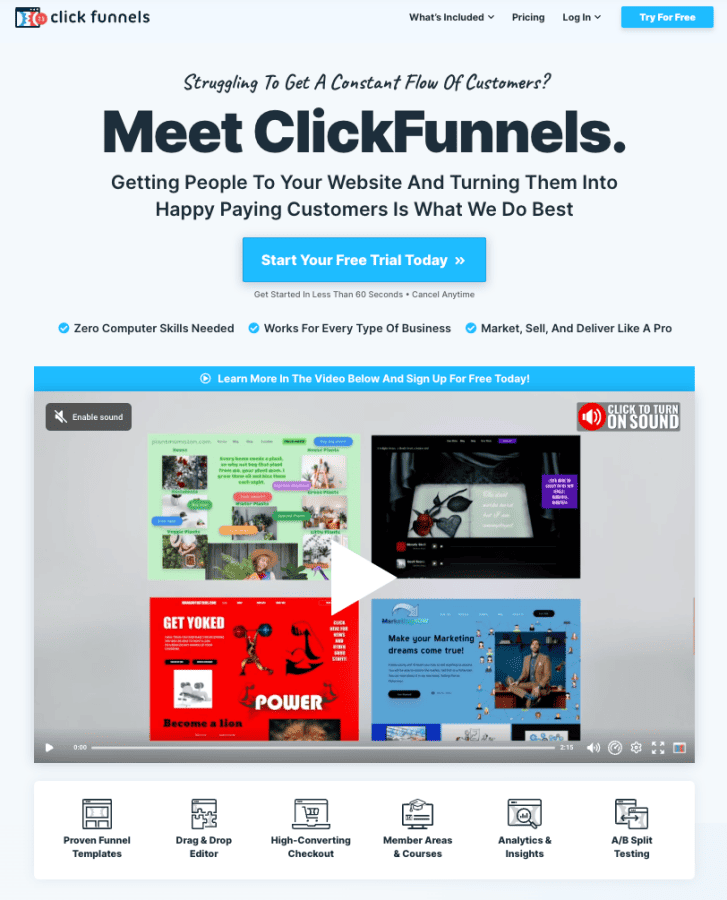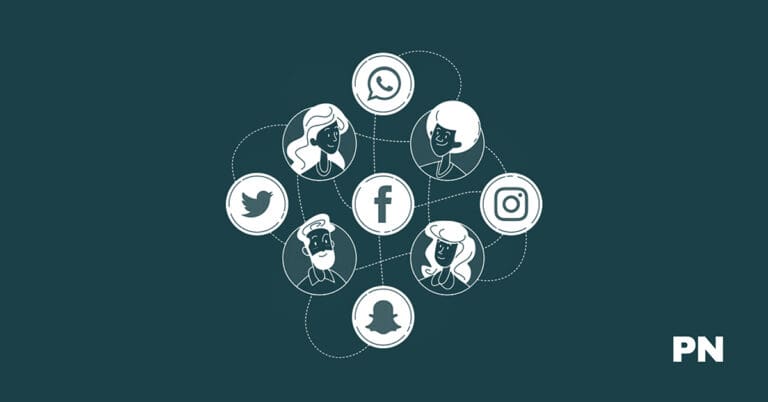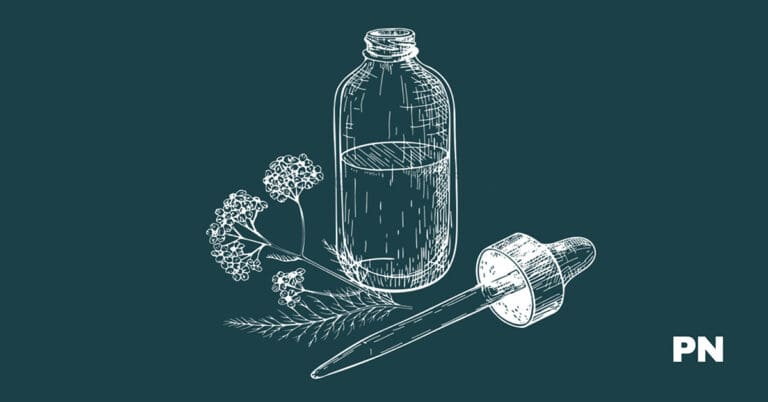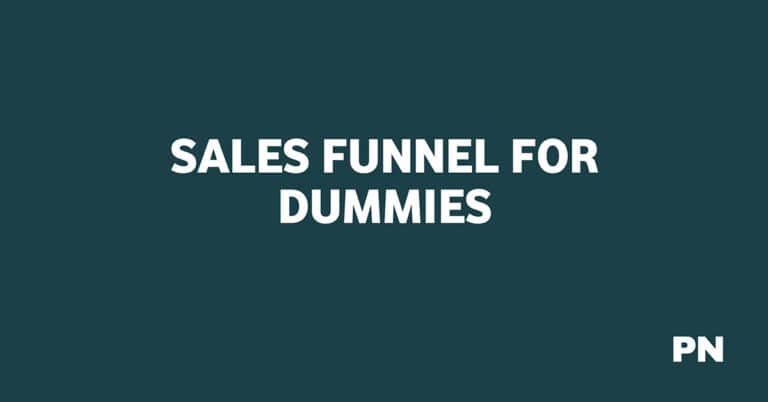Sales Funnel for Non-profit Guide
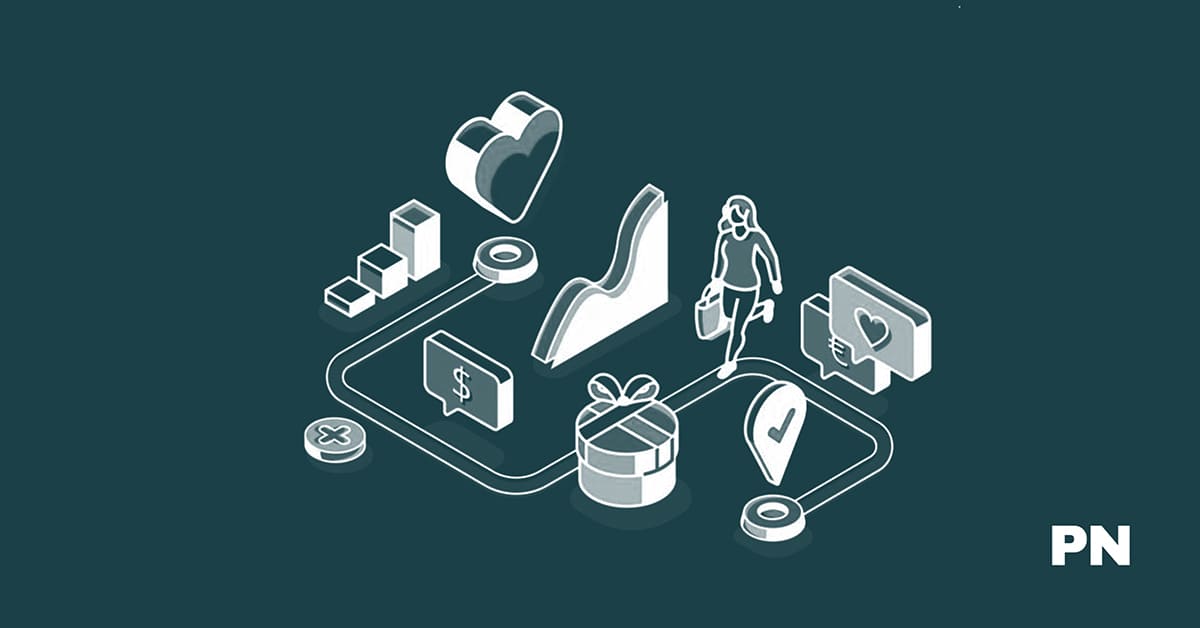
Are you a non-profit organization looking to increase your donor base and raise funds?
If so, you may want to consider implementing a sales funnel. Contrary to popular belief, sales funnels are not just for businesses. Non-profit organizations can also use them to attract and retain donors.
A sales funnel is a model that illustrates the journey of a potential donor from the first point of contact with your organization to the final donation.
By understanding the sales funnel concept, you can create a clear and compelling path for your potential donors to follow. This will increase your chances of converting leads into donors and help you build stronger relationships with your donors.
Marketing plays a crucial role in a non-profit organization’s success. With a sales funnel, you can create a marketing strategy that targets potential donors at every stage of the funnel, from awareness to action.
By doing so, you can educate your leads about your cause, emphasize its importance and urgency, demonstrate how your organization can help, and ultimately turn them into lifelong supporters.
What is a Nonprofit Sales Funnel?
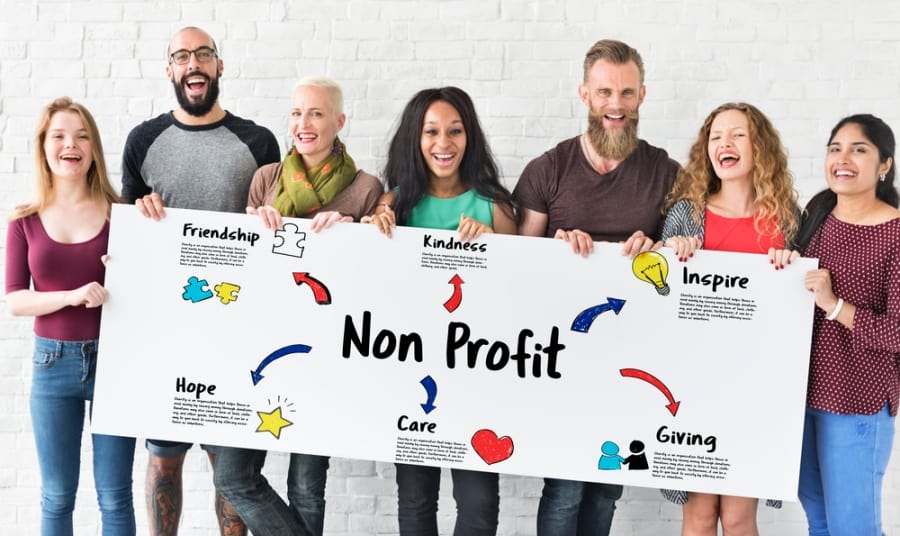
A nonprofit sales funnel is a model that outlines the journey that potential donors take to become lifelong supporters of your organization. It is a detailed path that leads donors through steps designed to educate, engage, and cultivate their interest in your cause.
The ultimate goal is to convert these potential donors into loyal supporters who will donate regularly and champion your organization’s mission.
The most critical steps in a nonprofit sales funnel are:
- Prospecting: This is the process of finding new leads or potential donors. You can use various methods to identify potential donors, including social media, email marketing, and direct mail campaigns. The key is to identify people who are likely to be interested in your cause and who can donate.
- Engagement: Once you have identified potential donors, the next step is to engage them with your organization’s mission and programs. You can use various tactics, including storytelling, social media, and events. The goal is to build a relationship with these potential donors and help them understand the impact that their donation could have.
- Cultivation: In the cultivation stage, you build a deeper relationship with potential donors. This could involve providing more information about your organization, inviting them to volunteer, or asking them to attend a fundraising event. The goal is to move potential donors from being interested in your cause to being invested in it.
- Conversion: The conversion stage is where potential donors become actual donors. This could involve making a one-time donation or signing up for a recurring donation program. The goal is to make it as easy as possible for potential donors to donate and show them the impact their donation will have.
- Retention: In the retention stage, you work to keep donors engaged and invested in your organization over the long term. This could involve sending regular updates, inviting them to events, or recognizing their contributions. The goal is to turn one-time donors into lifelong supporters who will continue to donate and advocate for your cause.
Following these steps, you can create a nonprofit sales funnel tailored to your organization’s unique needs and goals. With a well-designed sales funnel, you can attract new donors, build relationships, and convert potential donors into lifelong supporters.
Why You Need a Non-profit Sales Funnel?
As a nonprofit organization, you constantly seek ways to increase brand awareness and acquire new donors.
This is where a non-profit sales funnel comes in. A sales funnel is a visual representation of a potential donor’s steps before becoming a loyal supporter of your organization.
Here are a few reasons why you need a non-profit sales funnel:
1. Helps You Understand Your Donors
You can better understand your donors by mapping out the steps a potential donor takes before becoming a loyal supporter. You can see where they are coming from, what motivates them, and what obstacles they may face.
This information can help you tailor your messaging and improve your fundraising efforts.
2. Increases Your Brand Awareness
A non-profit sales funnel can also help you increase your brand awareness. Creating a process that nurtures potential donors into becoming loyal supporters increases the likelihood that they will tell others about your organization. This can lead to more donations and supporters in the long run.
3. Improves Your Fundraising Efforts
A non-profit sales funnel can help you improve your fundraising efforts by providing insights into your donor’s journey.
You can see where potential donors drop off and where they need more encouragement. This information can help you improve your messaging and focus on critical goals that move people forward on their journey to becoming loyal supporters of your organization.
Stages of the Non-profit Sales Funnel
The non-profit sales funnel is a valuable tool that helps organizations understand how potential donors interact with their brand. It is a step-by-step process that moves prospects from awareness to purchase and beyond.
Understanding the stages of the non-profit sales funnel can help you to create a more effective fundraising strategy.
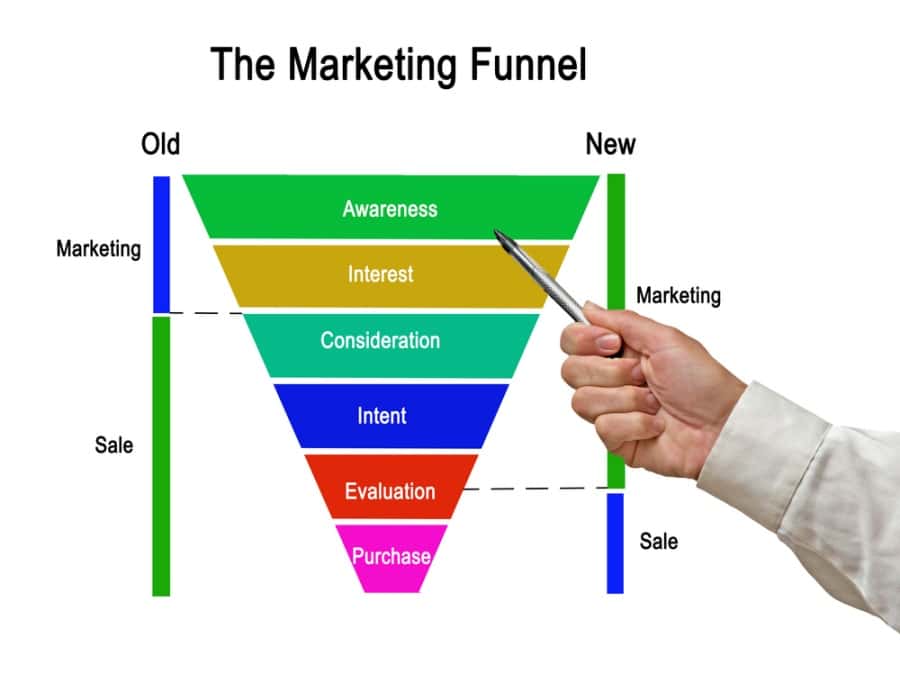
The Awareness Stage (Top of the Funnel, TOFU)
The awareness stage is the first stage of the non-profit sales funnel.
At this stage, potential donors become aware of your organization and its mission. They may come across your organization through social media, search engines, or word of mouth. During this stage, creating a solid brand presence and building trust with your audience is essential.
You can achieve this by creating engaging content that showcases your organization’s mission and values.
The Consideration/Evaluation Stage (MOFU)
The consideration/evaluation stage is the second stage of the non-profit sales funnel.
At this stage, potential donors are considering whether or not to donate to your organization. They may be evaluating your organization against other non-profits or causes.
During this stage, it is essential to provide potential donors with the information they need to make an informed decision. This can be achieved by providing detailed information about your organization’s mission, goals, and the impact of your work.
Purchase Stage (Bottom Of The Funnel)
The purchase stage is the third stage of the non-profit sales funnel.
At this stage, potential donors have decided to donate to your organization. They may make a one-time donation or become recurring donors. During this stage, making the donation process as easy as possible is important.
This can be achieved by providing multiple donation options online, by mail, or in person.
Post-Purchase Stage
The post-purchase stage is the fourth stage of the non-profit sales funnel.
At this stage, it is essential to thank donors for their contributions and keep them engaged with your organization. You can achieve this by sending a personalized thank you message and providing updates on the impact of their donation.
Repeat Purchase Stage
The repeat purchase stage is the final stage of the non-profit sales funnel.
At this stage, it is essential to maintain a relationship with your donors and encourage them to donate again. You can achieve this by providing regular updates on your organization’s work, creating engaging content, and offering opportunities for donors to get involved with your organization.
understanding the stages of the non-profit sales funnel can help you create a more effective fundraising strategy. By focusing on each stage of the funnel, you can make a more engaging and personalized experience for potential donors.
How Do I Create a Non-profit Sales Funnel?
Creating a non-profit sales funnel involves several steps, and each step is essential in building a successful funnel.
Here are the steps to creating a non-profit sales funnel:
- Identify your target audience: The first step in creating a non-profit sales funnel is to identify your target audience. Knowing who your audience is will help you create content that resonates with them and moves them down the funnel.
- Create awareness: The next step is to create awareness about your organization and its cause. You can use social media, email marketing, and other digital marketing channels to reach your target audience and create awareness about your non-profit.
- Generate interest: Once you have created awareness, the next step is to generate interest in your organization and its cause. You can do this by creating engaging content that educates your audience about your non-profit and its impact on the community.
- Build trust: Building trust is essential in creating a non-profit sales funnel. You can build trust by providing value to your audience through your content and by being transparent about your organization’s finances and impact.
- Convert leads into donors: The final step in creating a non-profit sales funnel is to convert leads into donors. You can make a compelling call to action, encouraging your audience to donate to your organization.
By following these steps, you can create a non-profit sales funnel that helps you reach your fundraising goals and positively impact your community.
What is The Best Funnel Software for Non-profit?
When choosing the best funnel software for non-profit organizations, ClickFunnels is the clear winner. ClickFunnels is a powerful and user-friendly platform that allows non-profit entrepreneurs to build sales funnels quickly and easily.
Here are some reasons why ClickFunnels is the best sales funnel software for non-profits:
Non-profit Features
ClickFunnels provides a range of non-profit features that make it easy for non-profit entrepreneurs to create compelling sales funnels. These features include free funnel templates, shopping carts, checkout, CRM, analytics, and loyalty tools.
Upsells and Downsells
ClickFunnels allows non-profit entrepreneurs to add upsells and downsells to their sales funnels. This means that when someone makes a donation or purchases a product, they will be presented with additional offers that they can accept or decline.
This feature can help non-profit organizations increase revenue and reach their fundraising goals.
Free Funnel Templates
ClickFunnels provides non-profit entrepreneurs with a range of free funnel templates to build their sales funnels. These templates are designed to be easy to use and can be customized to suit the needs of any non-profit organization.
Easy-to-use shopping Cart and Checkout
ClickFunnels provides non-profit entrepreneurs with an easy-to-use shopping cart and checkout system. This system makes it easy for donors to make donations or purchase products, ensuring the entire process is smooth and hassle-free.
Powerful CRM and Analytics Tools
ClickFunnels provides non-profit entrepreneurs with powerful CRM and analytics tools that allow them to track their donors and their fundraising efforts.
These tools make it easy to identify areas where non-profit organizations can improve their fundraising efforts and make data-driven decisions.
Frequently Asked Questions
What is a funnel in non-profit business?
A funnel is a marketing tool that helps non-profit organizations to visualize their donor journey. Potential donors go through a step-by-step process from the moment they hear about your organization to the point where they donate.
What are the key stages in developing a non-profit sales funnel?
The key stages in developing a non-profit sales funnel include awareness, interest, consideration, and conversion.
During the awareness stage, potential donors become aware of your cause. In the interest stage, they start to learn more about your organization. In the consideration stage, they evaluate whether they want to support your cause. Finally, in the conversion stage, they donate.
How do you create an effective non-profit sales funnel?
To create an effective non-profit sales funnel, you must understand your target audience and their needs. You should also craft a clear message that explains your organization’s mission and how donations will help. Finally, you should develop a compelling call to action that encourages potential donors to take action.
How can I optimize my non-profit funnel for higher conversion rates?
To optimize your non-profit funnel for higher conversion rates, you should improve the user experience. This includes making it easy for potential donors to navigate your website and donation process.
You should also use data to identify areas where potential donors may drop off and improve those areas.
What metrics are crucial for analyzing the performance of a non-profit funnel?
The metrics crucial for analyzing a non-profit funnel’s performance include conversion rate, donor retention rate, and average donation amount. These metrics can help you identify areas where your funnel may be underperforming and make improvements to increase donations.
How do industry benchmarks influence non-profits’ conversion funnel performance?
Industry benchmarks can provide non-profit organizations with a baseline for how their funnel is performing compared to other organizations in their industry.
By analyzing these benchmarks, non-profits can identify areas where they may be underperforming and make improvements to increase donations.
Wrapping Up
In conclusion, a sales funnel is essential for any nonprofit organization that wants to maximize its fundraising efforts. By understanding the stages of the funnel, you can create a detailed path for your donors to follow, leading them toward becoming lifelong supporters of your cause.
Throughout the funnel, it is essential to keep your messaging consistent and relevant to each stage. Doing so can build trust with your donors and increase their likelihood of donating.
Remember to track your progress and analyze your results regularly. This will help you identify areas for improvement and adjust your strategy accordingly.
By implementing a sales funnel for your nonprofit, you can capture the contact information of potential donors, educate them about your cause, and ultimately convert them into loyal supporters. A well-planned and executed sales funnel can take your fundraising efforts to the next level.
So, go ahead and start building your nonprofit sales funnel today. Your cause deserves it!
Disclosure: We may earn commissions if you buy via links on our website. Commissions don’t affect our opinions or evaluations. We’re also an independent affiliate of many platforms, including ClickFunnels, Kartra, GoHighLevel, Podia, Northwest Registered Agent, and others. We’re not employees of these services. We receive referral payments from them, and the opinions expressed here are our own and are not official statements of these companies.
